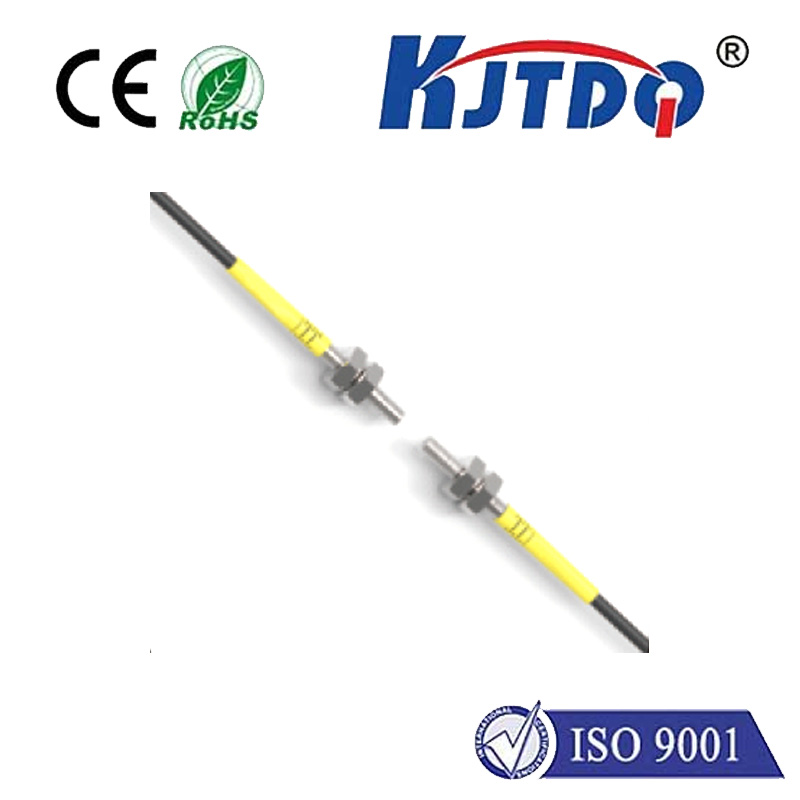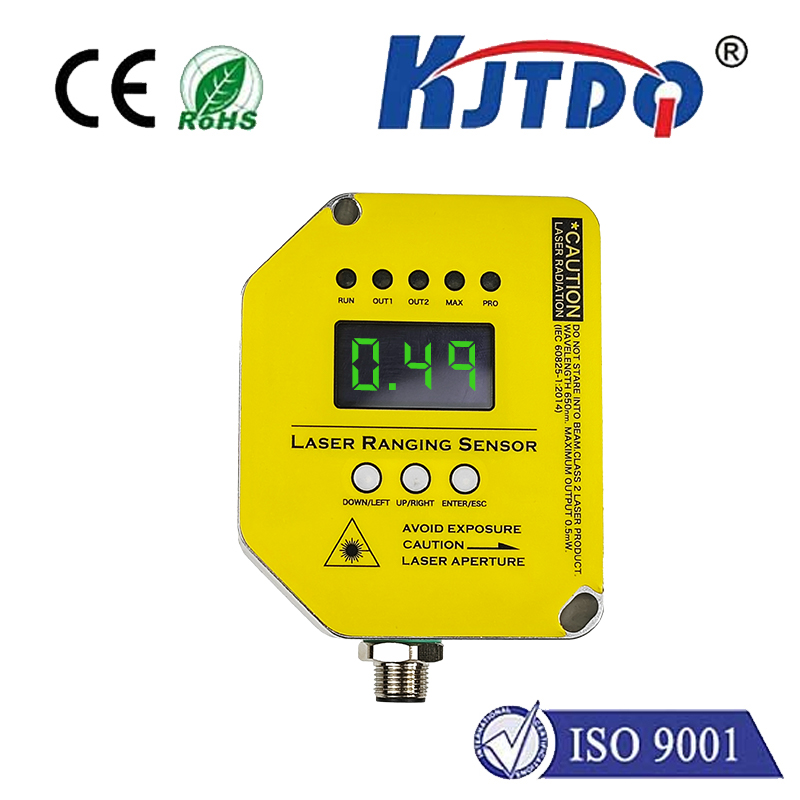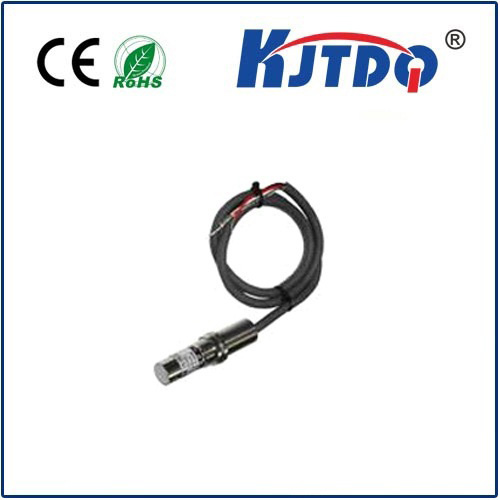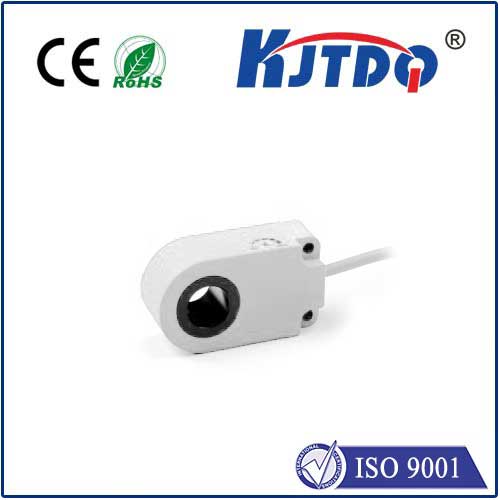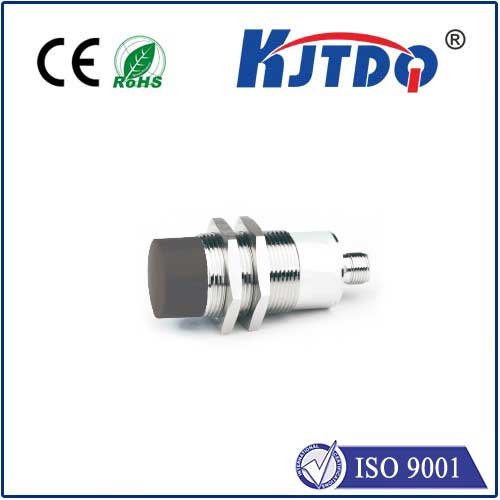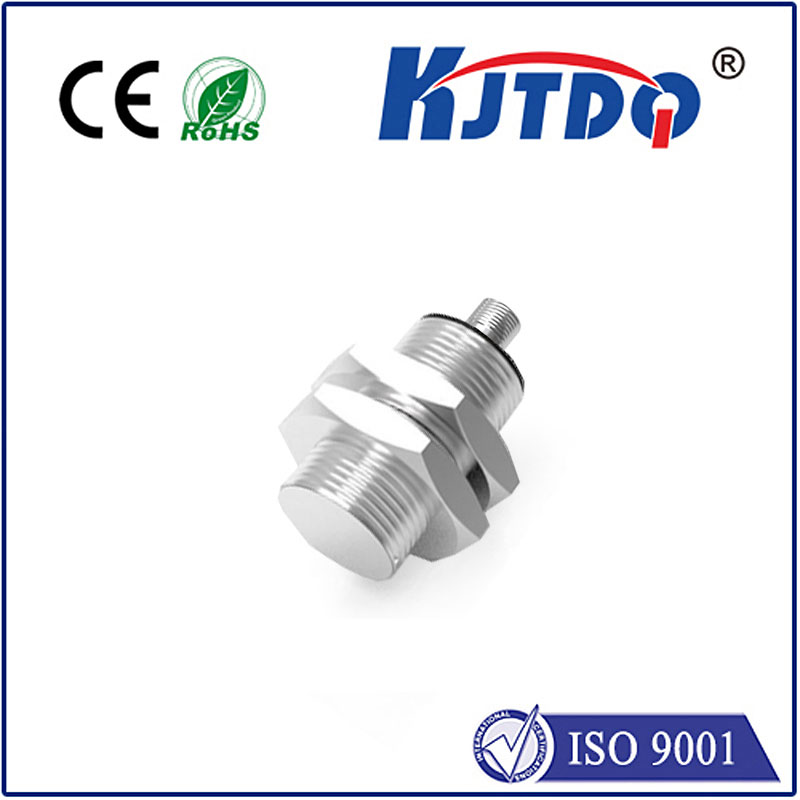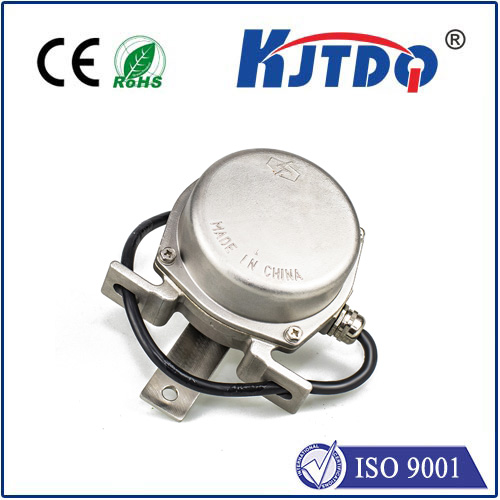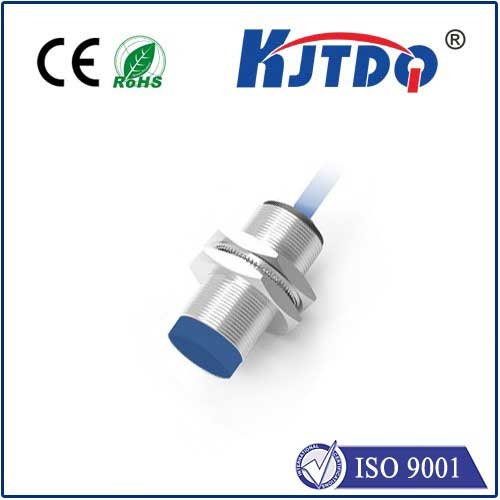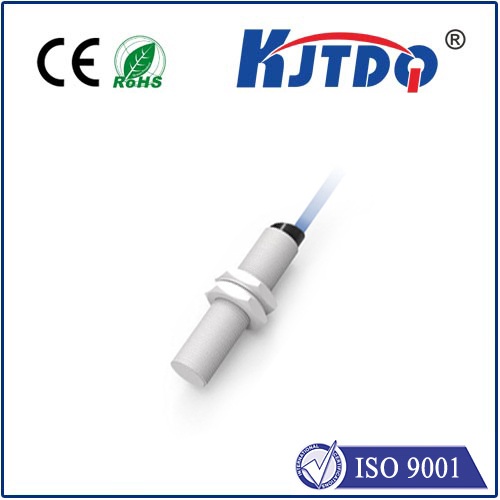liquid sensing proximity sensor
- time:2025-06-19 02:34:09
- Click:0
Liquid Sensing Proximity Sensors: Revolutionizing Non-Contact Fluid Detection
Imagine preventing catastrophic equipment failure caused by coolant leaks before it happens. Picture automating a bottling line flawlessly, ensuring every container is perfectly filled without messy overflows. Envision safeguarding workers by instantly detecting hazardous chemical spills in dangerous environments. What makes this precision and safety possible? A specialized type of industrial workhorse: the liquid sensing proximity sensor. These advanced devices are transforming how industries monitor, manage, and interact with fluids, offering reliability and insight where traditional methods fall short.
Unlike standard proximity sensors designed primarily for detecting solid objects like metal, plastic, or wood, liquid sensing proximity sensors are specifically engineered to identify the presence or absence of liquids without requiring physical contact. This non-contact detection capability is their defining superpower, eliminating the wear and tear, contamination risks, and maintenance headaches associated with float switches or mechanical sensors submerged in the fluid itself. But how exactly do they pull off this trick?
The secret lies predominantly in capacitive sensing technology. While inductive proximity sensors rely on magnetic fields disturbed by conductive metals, capacitive sensors generate an electrostatic field. This field extends from the sensor’s sensing face. When a material enters this field, it alters the sensor’s capacitance – its ability to store an electrical charge. Crucially, liquids generally possess significantly higher dielectric constants (a measure of how well a material stores electrical energy) compared to gases like air. Water, oils, coolants, chemicals, and even many viscous fluids cause a detectable shift in capacitance when they approach the sensor face. The sensor’s integrated electronics detect this shift and trigger a solid-state output signal (e.g., PNP, NPN, relay).

Why are these sensors becoming indispensable across countless industries? The advantages they deliver are compelling:
- Robustness and Reliability: Sealed in materials like PTFE, stainless steel, or rugged plastics, these sensors withstand harsh environments – corrosive chemicals, high pressures, extreme temperatures, steam cleaning, and heavy washdowns common in food and beverage processing or pharmaceutical plants. No moving parts mean minimal failure points.
- Hygiene and Cleanliness: Vital in sectors like beverage production and pharmaceuticals, the non-contact nature prevents sensor contamination from the liquid and avoids contaminating the liquid itself. Their smooth surfaces are easy to clean and sterilize.
- Versatility in Detection: They aren’t limited to conductive liquids like water-based solutions. Many models effectively detect oils, fuels, solvents, adhesives, and even granular materials with consistent dielectric properties, making them incredibly adaptable for diverse applications.
- Leak Prevention and Spill Detection: Strategically placed under machinery, within tanks, or along pipelines, they provide early warning for leaks (coolant, hydraulic fluid, lubricants) or spills (hazardous chemicals), enabling rapid intervention to prevent environmental damage, safety hazards, and costly downtime.
- Process Optimization and Control: In manufacturing, they ensure precise liquid level control in tanks, verify container fill levels on high-speed lines, detect foam in processes, and confirm the presence of liquids in automated dispensing systems. This enhances efficiency and reduces waste.
- Position and End-Point Verification: Beyond liquid presence, they can verify if a nozzle is submerged correctly in a liquid bath or if a component has been successfully coated or dipped.
- Simplified Installation and Maintenance: Mounting is typically straightforward, often requiring only a single mounting hole. With no parts in the liquid stream, the need for maintenance is drastically reduced compared to mechanical alternatives.
Where are liquid sensing proximity sensors making the biggest impact?
- Manufacturing: Coolant level monitoring in CNC machines, hydraulic oil leak detection, paint level sensing in spray booths, adhesive bead verification, resin level control in molding machines.
- Food & Beverage (F&B): Bottle/can fill level control, tank level monitoring (water, juice, milk, syrups), leak detection under processing equipment, detecting foam in vessels, confirming ingredient presence. Hygienic design is critical here.
- Chemical & Pharmaceutical: Monitoring levels in reactors and storage tanks (acids, solvents, reagents), detecting leaks in pipelines or containment areas (essential for hazardous environments), verifying liquid presence in filling stations. Chemical resistance is paramount.
- Water/Wastewater: Level control in clean and dirty water tanks, leak detection in pump stations, monitoring sludge levels, detecting overflow conditions.
- Automotive: Coolant and washer fluid level sensing (increasingly replacing floats), leak detection on test stands, oil level verification in assemblies.
- Packaging: Verifying liquid presence in containers before capping or labeling, ensuring sachets contain liquid product.
Selecting and Implementing Effectively:
Choosing the right capacitive proximity sensor for liquids requires careful consideration:
- Liquid Properties: Understand the dielectric constant of your target fluid. While water is easily detected (high constant), some oils or solvents require sensors with higher sensitivity or specific calibration. Viscosity generally doesn’t affect detection if the sensor can physically “see” the liquid surface.
- Sensor Range and Mounting: Capacitive sensors have shorter sensing ranges than inductive ones. Ensure the mounting position allows the liquid to come within the specified sensing distance (Sn) of the sensor face. Material buildup on the sensor face can dampen sensitivity, so consider potential splashing or residues.
- Housing Material and Rating: Match the housing material (e.g., PTFE for chemicals, stainless steel for F&B) to the environment. Ensure IP ratings (like IP67, IP69K) are suitable for washdowns, dust exposure, or submersion requirements.
- Output Type: Select the appropriate electrical output (NPN, PNP, analog, relay) compatible with your control system (PLC).
- Sensitivity Adjustment: Many models feature adjustable sensitivity potentiometers. This allows fine-tuning to detect the specific liquid while ignoring the container wall (glass, plastic) or mounting bracket, reducing false triggers – a process often called “shielding”.
The Future is Fluid:
As industries strive for greater automation, efficiency, safety, and sustainability, the demand for reliable and intelligent liquid detection will only grow. Liquid sensing proximity sensors, evolving with enhanced materials, smarter electronics, and easier integration (IO-Link), are at the forefront of this evolution. They represent a fundamental shift from reactive maintenance to proactive monitoring, safeguarding assets, personnel, and the environment. Their ability to provide critical information without physical intrusion makes them an indispensable tool for mastering fluid management challenges in our increasingly automated world.













